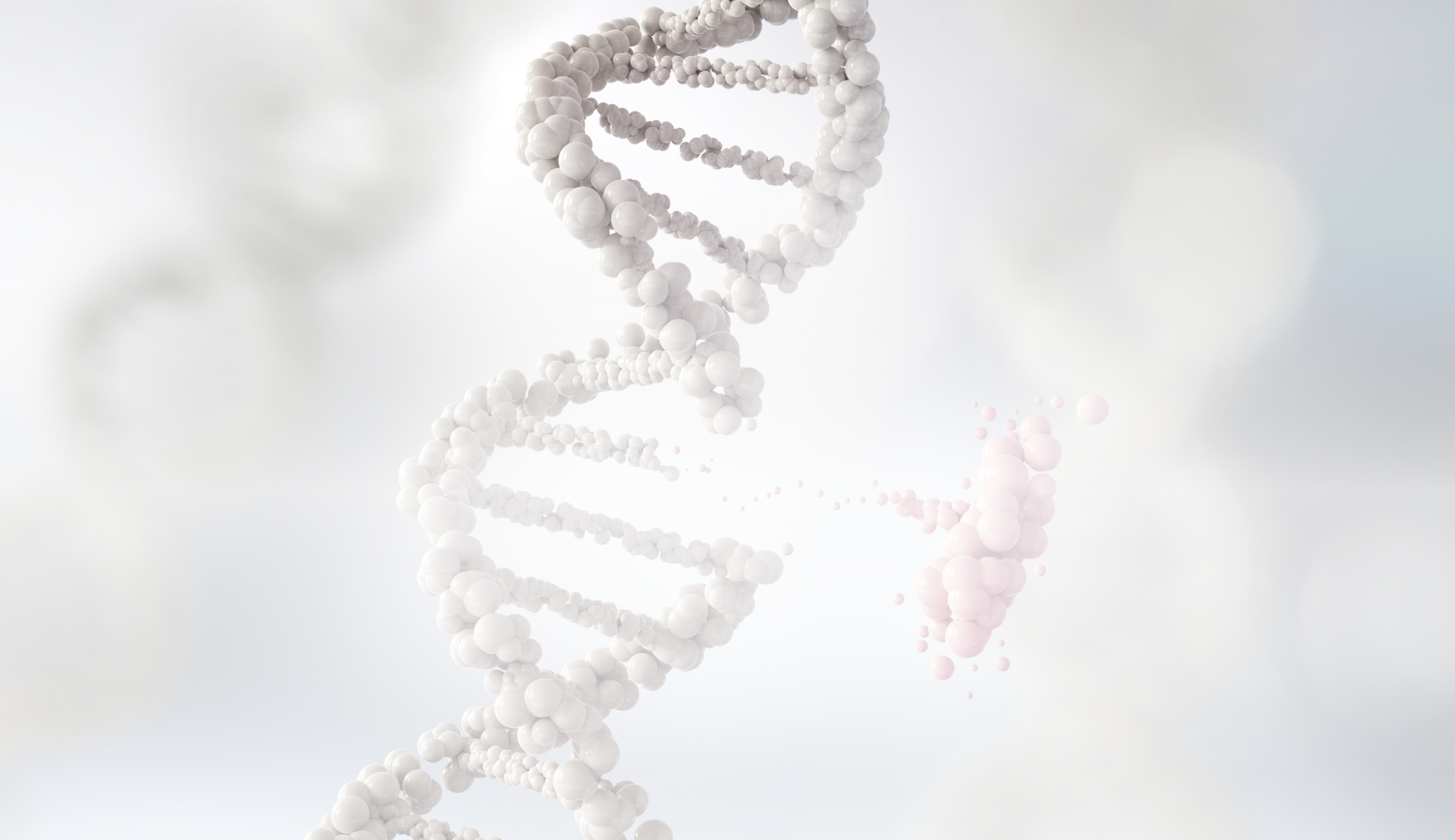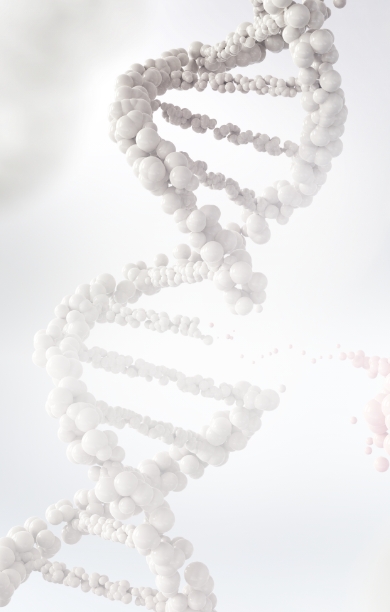


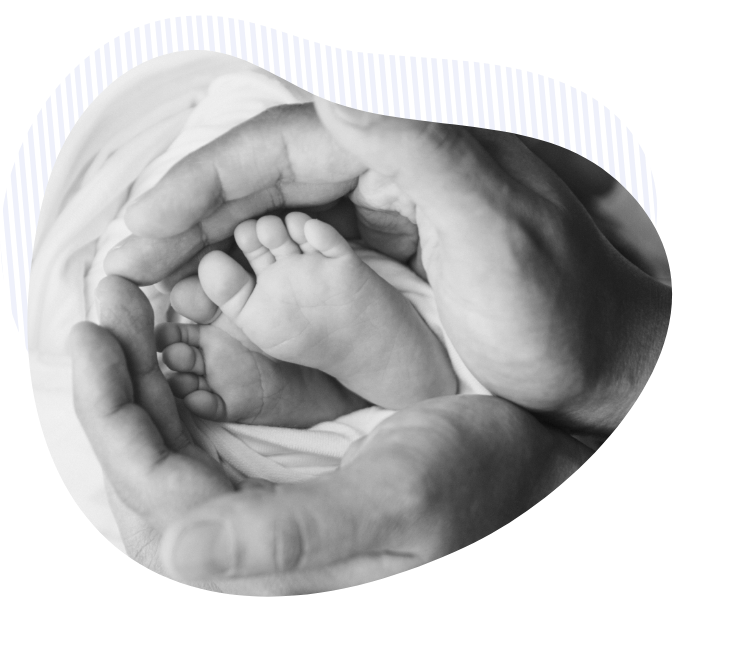



Could freezing & storing my embryos be right for me?

Embryo freezing & embryo storing is routine at our unit, and with the vitrification technique frozen embryos can get great results. You won’t know whether you have embryos available for freezing until you’re well into your treatment cycle, but we’ll discuss the possibility with you before you start treatment.
You might freeze & store your embryos because:
Everyone’s different, and we’ll go through all aspects of your treatment to help you decide exactly what’s right for you.
During IVF treatment, sometimes more embryos are developed than can be used in a single transfer. We offer Embryo Freezing & Storage in case you need another round of treatment, or if you’d like to grow your family in the future.
What does embryo freezing involve?
When you’re going through IVF treatment, once we’ve fertilized your eggs we’ll talk to you regularly about how your embryos are developing, and we’ll let you know whether there will be any of the right quality left for freezing. If there are, and you’d like us to store them for you they are frozen in the following steps:

How safe is it to use frozen embryos in treatment?
This procedure is as safe as using fresh embryos. The main risk is having multiple births (twins or triplets), which can pose health risks to both mum and babies.
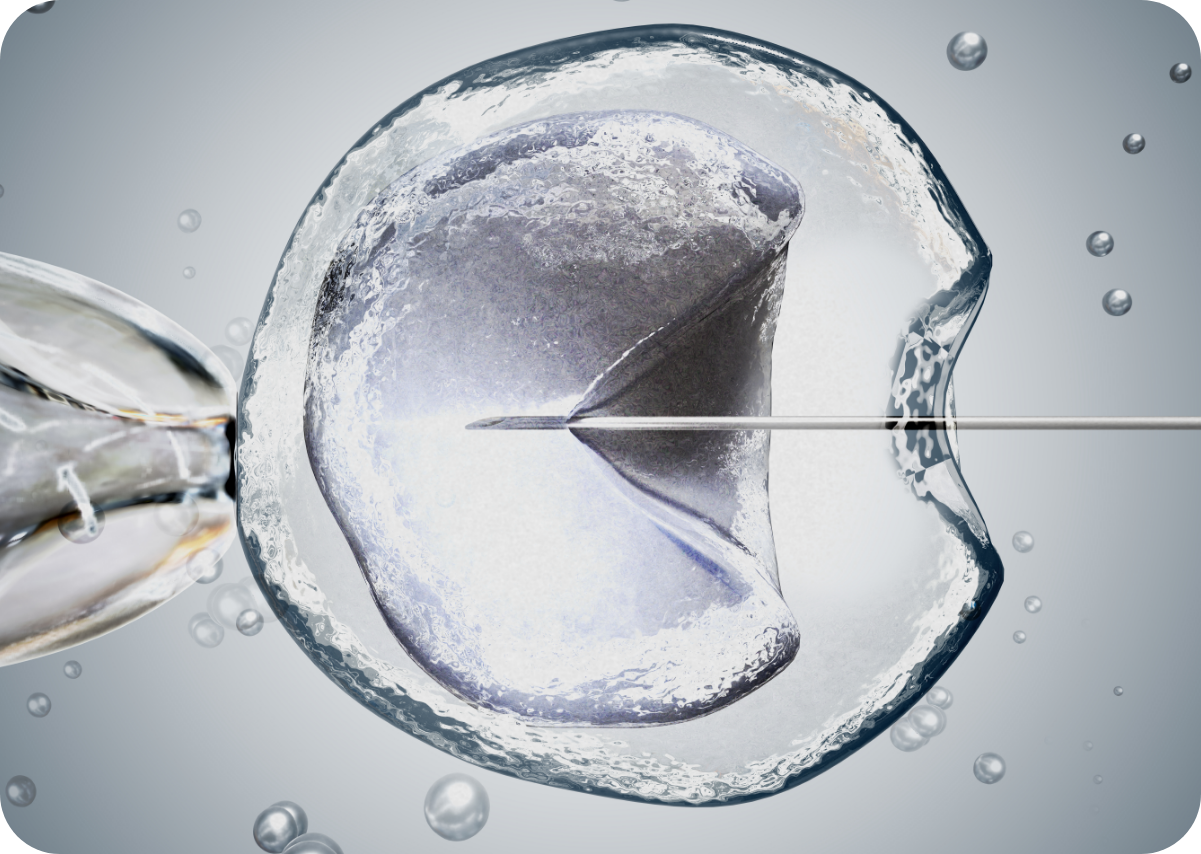
What if I don’t use my embryos or I have some left over?
If you no longer wish to have treatment but still have embryos in storage, your embryos will be discarded which involves removal of embryos from storage and allowing them to perish.

What happens when I want to use my frozen embryos?
Frozen embryos can be transferred in two types of IVF frozen cycle: you can undergo treatment in an ‘artificial’ cycle using hormone therapy (HRT), or if you ovulate reliably your embryos could be replaced in your natural cycle. The pregnancy rate is unaffected by the choice and is very good with either option.
 Advanced endometriosis
Advanced endometriosis
 Compromised fallopian tubes
Compromised fallopian tubes
 Low oocyte quality
Low oocyte quality

Does freezing damage the embryos?
Not all embryos can survive the stressful vitrification process used in embryo freezing, which involves the embryos passing through a series of solutions followed by storage in liquid nitrogen at –196C. We expect about 95% of good grade embryos to survive freeze-thawing. Sometimes embryos may lose a few cells but still be considered suitable for embryo transfer, as studies have shown they may still be capable of implanting providing more than half the cells remain intact. The survival and quality of the thawed embryo(s) will be discussed with you at the time of transfer.
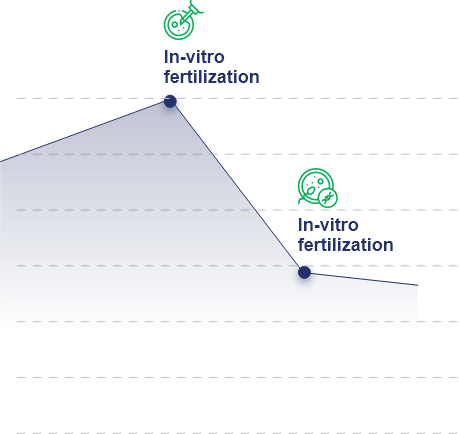




Types of PGT Offered at American Hospital IVF Center
1
الخطوة
الخطوة
Allows embryologists to identify Euploid and Aneuploid embryos. Euploid refers to a normal healthy embryo that contains the correct number of chromosomes per cell. On the contrary, aneuploid carries an incorrect number of chromosomes per cell and has a high likelihood of producing a child with a genetic disorder like Down syndrome or Turner syndrome. PGT-A is carried out to ensure a high pregnancy rate, reduced miscarriage rate, and an increased chance of delivering a healthy child.
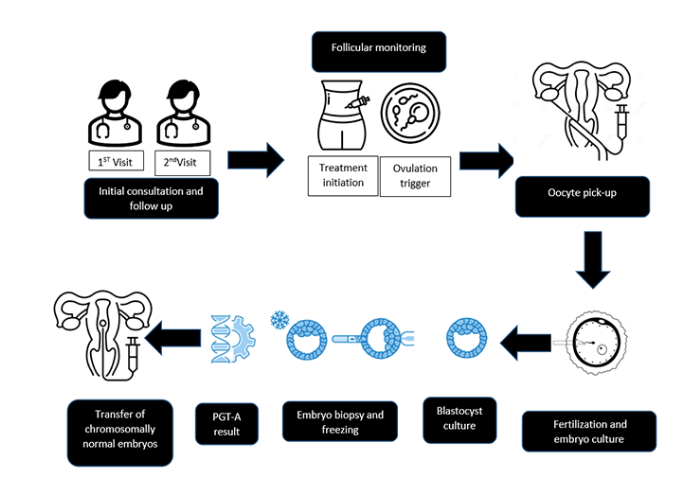
2
الخطوة
الخطوة
This is generally carried out for the evaluation of embryos in order to detect monogenic/single gene disorders specifically. At American Hospital’s IVF facility, our embryologists are able to screen embryos for a wide range of single gene genetic disorders, such as: BRAC1, BRAC2, Cystic Fibrosis (CF), and Huntington’s Disease, etc. PGT-M is indicated to individuals, who are carriers of a specific genetic condition, as they are at high risk of passing it on to the next generation. This test is performed prior to embryo transfer into the uterus. Once embryos are created through in-vitro fertilization (IVF) and mature in a week or so, they are sent to the laboratory for analysis. Embryos identified with a single gene disorder are discarded, whereas embryos unaffected by the genetic transfer are kept for use. The healthy embryo is carefully placed into the uterus for implantation, hence ensuring a safe and healthy baby. The remaining embryos are frozen and stored for their use in the future.
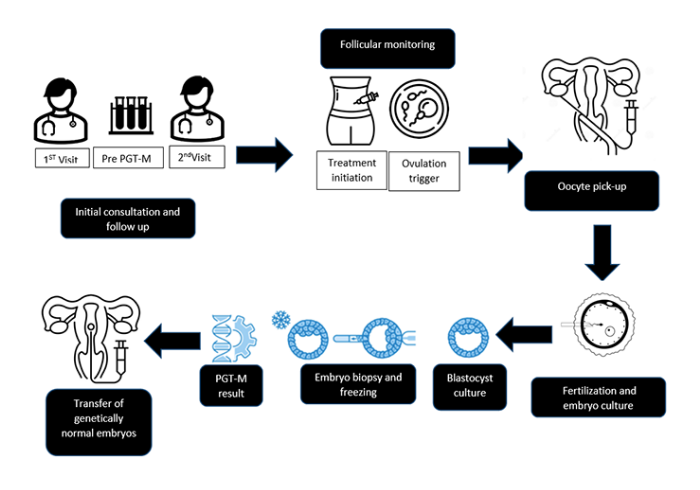
3
الخطوة
الخطوة
If you or your partner are a carrier of an inversion, reciprocal translocation, or if you had a baby with a chromosome rearrangement, the structural rearrangement of PGT can enhance the safety and success of your treatment. PGT-SR is also prescribed to carriers of Robertsonian translocation to look at chromosome number or structure. It involves testing embryos created through in-vitro fertilization (IVF) and identifying the normal embryos that can be inserted into the uterus for implantation.
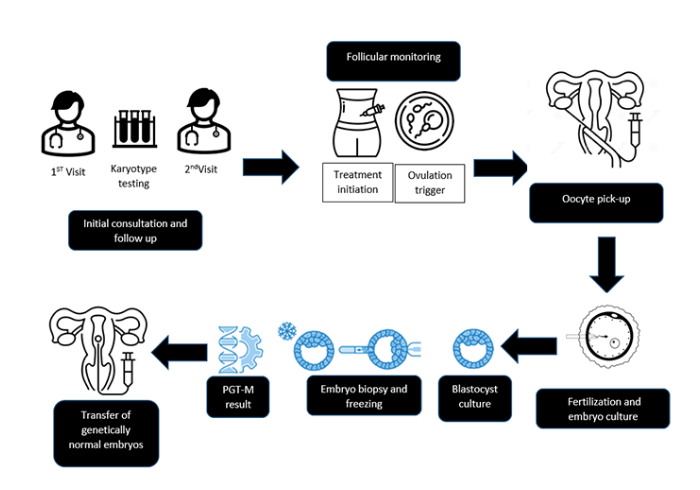

Schedule an Appointment
You can find out more about Embryo Freezing & Storage and how it can improve your IVF treatment by booking an appointment with your consultant at American Hospital Dubai’s Fertility Center online.
BOOK NOW



